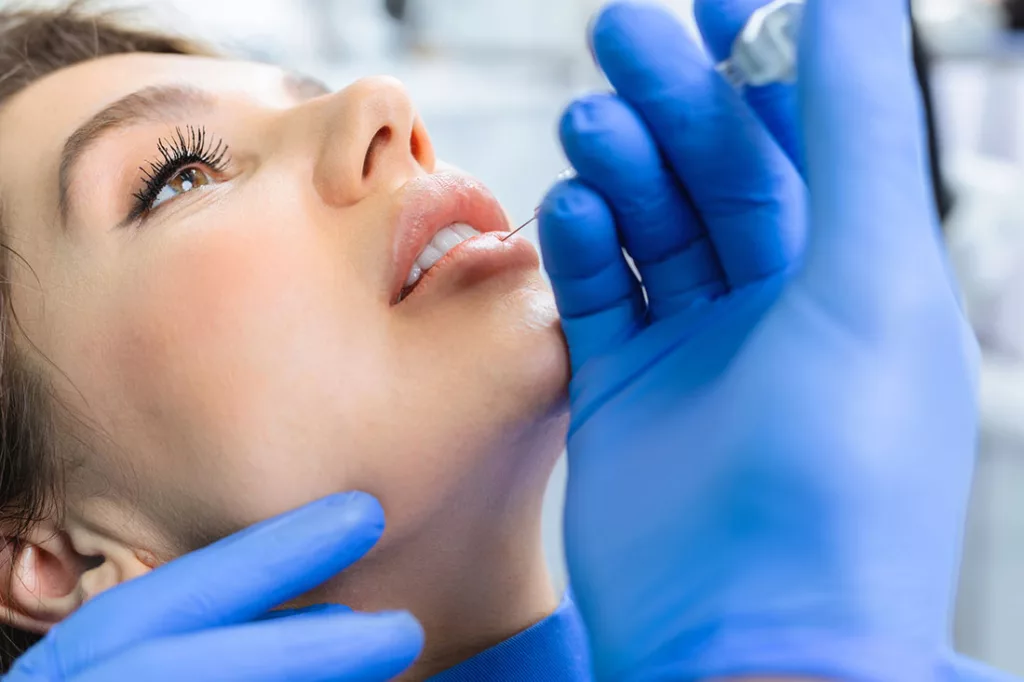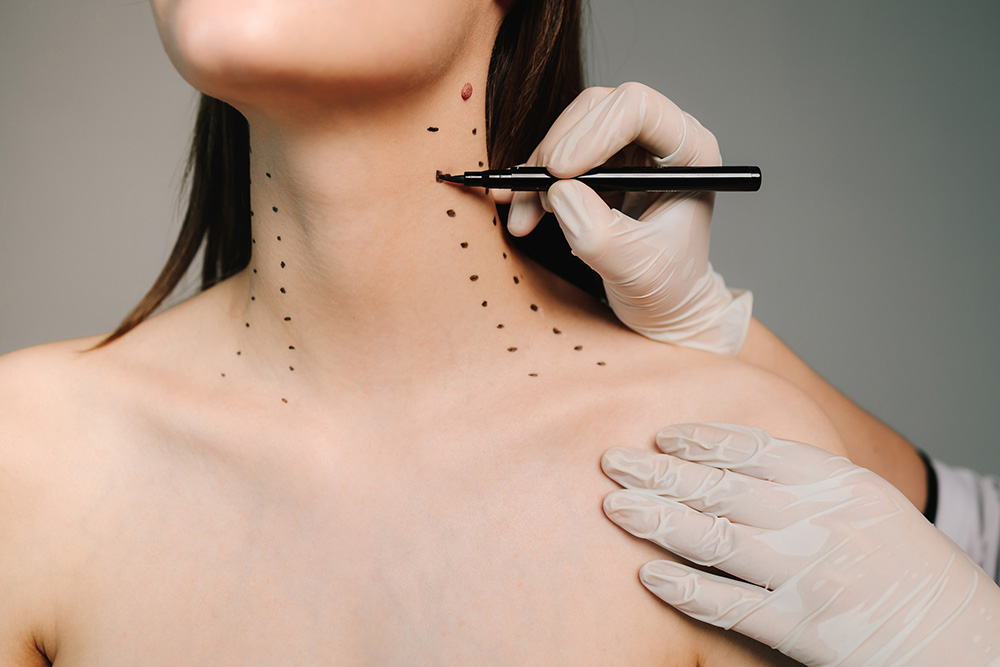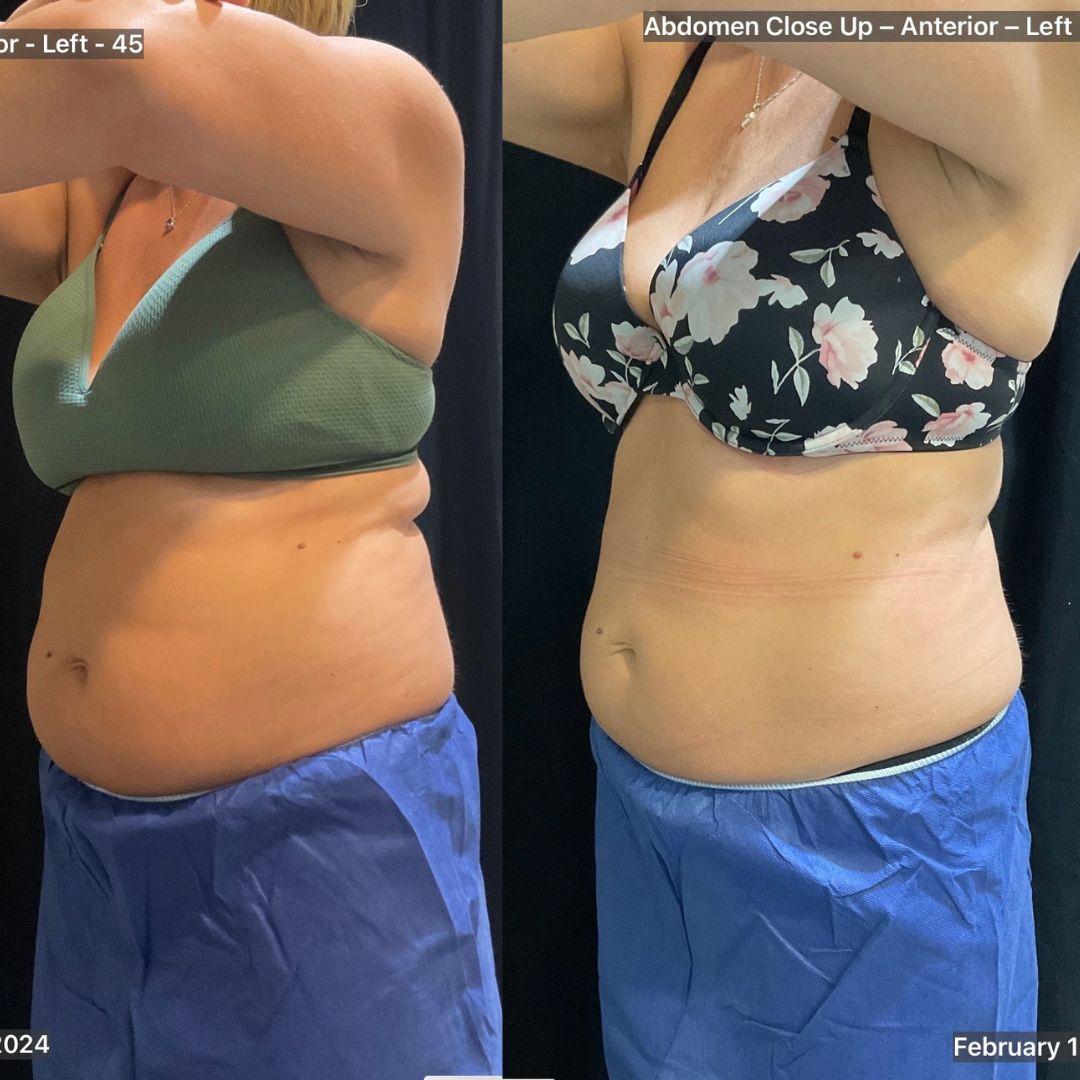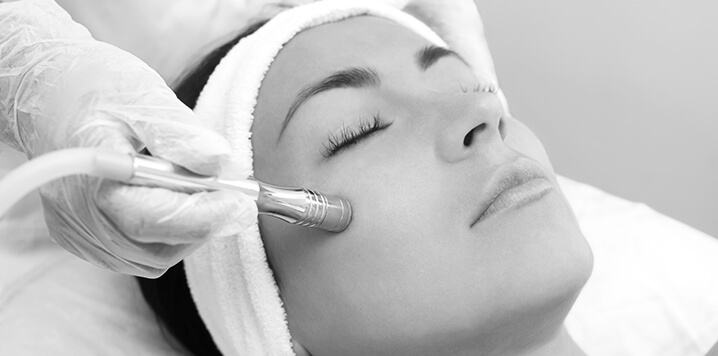Most of us have noticed the recent trend of lip augmentation in popular culture. Lip filler injections are probably the most common form of non-surgical form of lip augmentation. As lip fillers become more and more popular, more different brands and types of lip fillers become available.
The wide selection of new lip fillers on the market can be confusing for someone who is interested in getting lip fillers done and is doing their due diligence before taking the plunge. Let’s dive into the different types of lip fillers currently available to help determine which type of lip filler may be right for your lifestyle and aesthetic goals.
Different types of lip fillers
There are several types of lip fillers available on the market. They include hyaluronic acid fillers, such as Juvederm® and Restylane, which are the most commonly used fillers for lip enhancement.
Other types include collagen-based fillers, which are less commonly used due to their shorter duration, and fat injections, which involve injecting a person’s own body fat into the lips.
Another type is a filler called PLLA (poly-L-lactic acid), which stimulates collagen production and can last up to two years.
The most important thing to remember is that you’ll need a consultation with a qualified injector or provider to determine the best type of filler for your individual needs and goals.
What is the best type of filler for lips?
Hyaluronic acid (HA) fillers are generally considered to be the best type of filler for lips. HA is a naturally occurring substance in the body that helps to hydrate and add volume to the skin. Hyaluronic Acid fillers are considered to be the best lip fillers for most patients because they are temporary and not permanent, making them a safe and reversible option. Additionally, HA fillers offer a smoother and more natural-looking result.
However, hyaluronic acid fillers may not be the right choice for everyone or every situation—ultimately, our qualified expert injectors will help you make the decision for the best type of filler for your lips.
Which lip filler looks most natural?
While the term “natural-looking” is subjective and can mean different things to different patients, most people aren’t looking for an extreme lip transformation.
For most people, the goal of lip filler is to subtly enhance the natural appearance of the lips, so it’s essential to choose a filler that looks natural. Hyaluronic acid-based fillers, such as Restylane, Juvéderm, and Belotero, are the most commonly used fillers for lips because of their “natural” results.
Of these fillers, Juvéderm is often considered the most natural-looking. It has a smooth consistency that allows it to integrate seamlessly with the lips and provide a subtle, plumping effect. The results are natural and long-lasting, as the hyaluronic acid in the filler gradually breaks down.
Choosing the right filler for your lips should be based on your unique anatomy and individual goals. An experienced injector can help guide you to the most natural-looking filler for your lips. Additionally, variables like the amount of filler used are crucial to achieving a more natural look, as overfilling can lead to an unnatural appearance.
What filler lasts the longest in lips?
There are a variety of lip fillers available on the market, and the longest-lasting ones tend to be made from hyaluronic acid (HA). HA fillers such as Juvederm Ultra XC, Juvederm Volbella XC, Restylane, and Belotero Balance are popular choices for lip augmentation. These fillers typically last between 6-12 months, but can last up to 18 months for some people.
Other factors that affect the longevity of lip fillers include the body’s metabolism rate, type of injection technique, and amount of filler used. It’s important to consult with a qualified and experienced medical professional to discuss the best options for you based on your individual needs and goals.

Which lip filler is least likely to migrate?
Lip fillers can migrate due to various reasons such as improper injection techniques, excessive movement of the lips, use of low-quality fillers or overfilling of the lips. When the injection is done incorrectly, the filler may spread or “migrate” to other areas.
Similarly, when the lips are being stretched too much the filler may shift from the intended area—this is why the aftercare instructions for lip fillers from your injector may include refraining from kissing, drinking from straws, etc.
The use of inferior quality or counterfeit fillers can also cause migration, swelling or unevenness. Overfilling the lips can also result in filler displacement over time.
The hyaluronic acid-based lip fillers, such as Juvederm and Restylane, are designed to be less likely to migrate compared to other types of fillers. This is because hyaluronic acid is a natural component of the skin and body, which means it integrates well with the existing tissue and does not move as much.
Additionally, these fillers are typically formulated with a thicker consistency, which helps to keep them in place once injected. While the risk of migration may be low with hyaluronic acid fillers, it’s important to have the procedure done by an experienced and qualified injector to avoid any potential complications.
DermaBlue will help you choose the best type of lip filler for you
Ultimately, you’ll need a consultation with one of our expert injectors to figure out which type of lip filler suits your goals before you undergo any treatments.
During this consultation we’ll discuss your aesthetic goals and assess your unique facial anatomy in order to recommend the type of lip filler best suited to your needs. We’ll also create a digital chart with photos to track results and progress as well as provide a clear roadmap and pricing estimate. We can’t wait to meet you and help you begin your journey towards luscious lips! Schedule a free 30-minute consultation with us today.
Frequently Asked Questions about Lip Fillers
Medical treatments are private, even for high-profile celebrities like the Kardashians, so we can’t say for sure which treatments they use on their lips. However, is widely reported that they have used dermal fillers like Juvederm and Restylane, which are popular hyaluronic acid-based fillers commonly used to augment lips.
Both Restylane and Juvederm are FDA-approved dermal fillers commonly used to add volume, shape, and contour to the lips. While both injectables are made from hyaluronic acid, they have subtle differences in their formulation, consistency, and longevity.
Juvederm is often favored for lip augmentation due to its smooth, soft gel texture that provides a natural-looking result with minimal swelling. It contains a proprietary blend of cross-linked hyaluronic acid molecules that allow the injectable to retain its shape and structure for up to 12 months.
Restylane, on the other hand, is slightly thicker in consistency and may be better suited for correcting deeper wrinkles and creases around the mouth, in addition to filling out the lips. It contains a more tightly cross-linked hyaluronic acid structure, which gives it a slightly firmer texture and longer-lasting result, up to 6-9 months.
Ultimately, the choice between Restylane and Juvederm for lip augmentation will depend on your individual preferences and goals, as well as the recommendations, expertise, and technique of the injector.
The best longest lasting lip filler on the market is generally considered to be hyaluronic acid fillers, such as Restylane and Juvederm. These fillers typically last between six months to a year depending on the individual.
Other fillers, such as those made from calcium hydroxyapatite or poly-L-lactic acid, may provide longer-lasting results but they are not typically used for lip augmentation.
The longevity of lip fillers also depends on factors such as the amount of filler injected, the individual’s metabolism, and how they care for their lips after the procedure.





